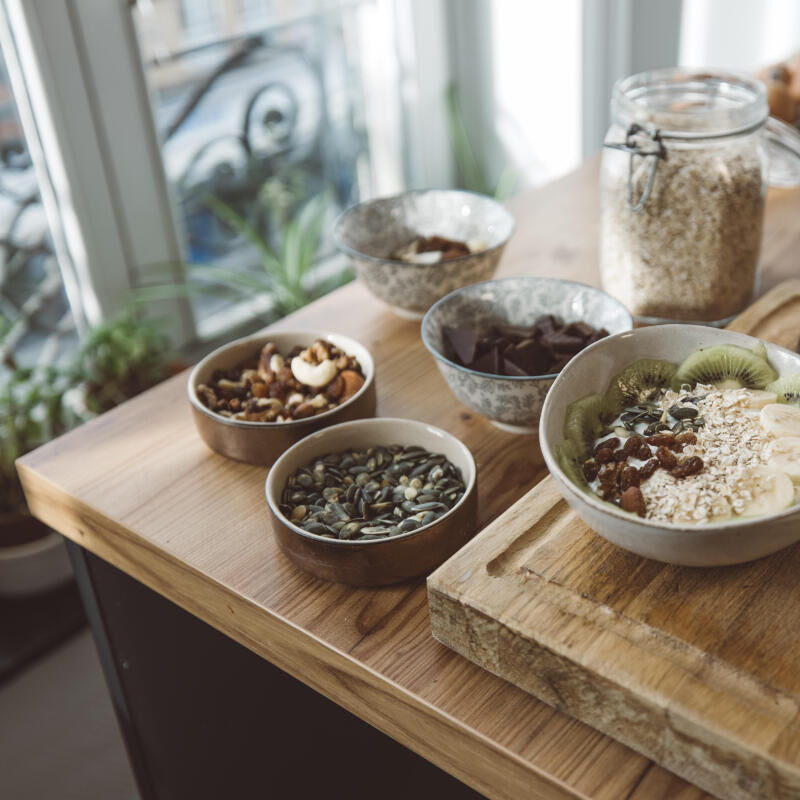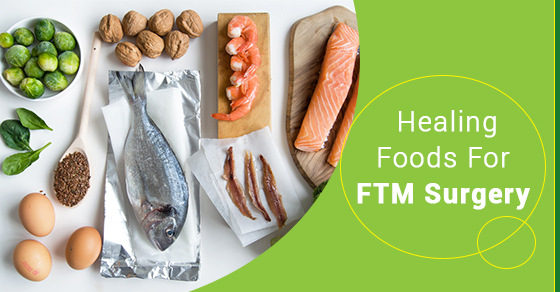
The best foods that runners eat should include a variety essential nutrients to fuel their daily activities. Although protein is essential for a healthy diet and lifestyle, it should not be taken too seriously. Chicken or fish are the best sources of animal protein. In order to get your energy needs met, vegetable proteins must be consumed in combination with other forms of carbohydrates. Everyone should focus on the five-a-day fruit and vegetable strategy, but runners should take their intake even higher. Adding vitamins and fiber to their diets can help them stay energized and lessen the need for nutrients that have been lost.
Beans, especially those with thicker skin, are runners' best friend. They're full of complex carbohydrates and fiber, as well as omega-3, fiber, magnesium, and potassium. In addition to their energy-boosting properties, beans are good sources of potassium, iron, and B-vitamins. Running can be made easier by reducing recovery time between sessions. Avocados are another great source of healthy oil.
Bananas are a great pre-run snack, as they're packed with energy. Bananas are low in fiber so they are easy to digest. However, they have high levels of potassium which can help prevent stroke and blood pressure from rising. PB or banana is a great option for runners. Bananas are a great option if you need a boost of nutrition before running.
Another great choice is salmon. It's also rich in zinc, which is great for recovery after a hard workout. And because salmon is low in calories, it's also high in potassium and vitamin C. For a quick and easy pre-run meal, pasta is a popular choice. Kale is a great source of Vitamin K which is vital for bone growth. You should also include calcium into your daily meals to prevent injury from intense exercise.
Soups are an excellent pre-run and training run breakfast. However, they can also be eaten as a starter during the day. Soups are a great option for pre-run and training runs. Porridge and other oat based cereals are healthier options. Instant porridge, unlike oat-based cereals is not suitable for runners. For pre-event breakfast, wheat biscuits and muesli make better choices.

Runners need to consume lots of protein and vegetables. These foods may be low-fat, but are high in potassium as well as manganese, which is important for optimal bone health. These foods are high-in iron, potassium, and magnesia, which are crucial for body repair. They also help to maintain normal levels of blood pressure. So, when you're thinking about which foods to eat for runners, remember that you need to include a variety of different kinds of food for runners.
It is important to properly fuel your body for long distance running. Your body's performance depends on the availability of good carbohydrates and healthy proteins. For those who train long distances, wild salmon and fish are good options. Even if you're not yet running, seafood can be a great choice. It's high in omega-3 fatty acids, which can help improve your cardiovascular output. These fatty acids also benefit the nervous system and prevent inflammation.
Even though you need to be careful about what you eat, protein is vital for your body to recover from long runs. Hydration is key to avoiding cramps and other digestive problems. These foods are rich in calcium and protein, which will provide energy and prevent fatigue. A good tip for athletes is to eat more nuts or seeds than sugary snacks.

The essential part of a runner’s diet must include nuts. They are great for fuelling your body and helping you lose weight. The key is to choose nuts wisely, though. They can add a lot of calories to your daily diet, so be sure to eat them sparingly. Many runners don’t get enough nutrients, so you’ll need the right nuts to help runners.
FAQ
Can you learn to cook on your own?
Yes, it is possible to be a self-taught chef! Cooking is one of those things that everyone loves doing, whether they know how to do it or not. Start cooking at home if you want to learn how to cook. Start small, such as making pancakes for breakfast and spaghetti sauce at dinner. Experimenting with new recipes is the best way to learn to cook. You might even make some mistakes.
It takes anywhere from several hours to several weeks to learn how to cook, depending on your skill level. It's important that you remember that cooking does not mean following a recipe. There are many different ways to prepare food, so if you have an idea in mind, go with it.
What are the basic skills of cooking?
Basic cooking skills are the ability to read and follow recipes. If you want to be able to cook for yourself, then you need to learn these basic skills. Cooking is an excellent way to save money because you don’t have the need to eat out as often.
How Long Does It Take to Be a Chef? What is the average career path?
Five years is required to become a professional chef. During this time, you will study basic cooking techniques and gain experience working as a kitchen assistant. You can apply for line, sous or executive chef positions after you complete your training. A chef can earn between $25,000 and $60,000 annually.
How Much Does it Cost to Learn Culinary Arts Skills?
It is not easy to find a culinary arts degree that costs less than $40,000. For example, a 4-year degree costs about $40,000. A two-year associate degree, on the other hand may cost less than $5,000. Tuition rates vary depending on what program you choose. Prices for tuition are higher in private institutions than they are for public ones.
What is the minimum requirement to become a chef?
No. No. Some even went to culinary school just to gain experience. Culinary school is preferred by most chefs because they have more opportunities to grow and learn. Culinary schools give students hands-on experience, which allows them to develop valuable skills as well as improve their culinary knowledge.
Is there any difference between a chef or a cook.
A chef prepares food to be served to others. A cook prepares the food for oneself. A chef, on the other hand, works directly with customers. This means that they can have to decide what food to serve customers based their preferences. A cook doesn't need to interact with clients. Instead, the cook ensures that the food tastes great before serving it to customers.
Statistics
- The median pay for a chef or head cook is $53,380 per year or $25.66/hour, according to the U.S. Bureau of Labor Statistics (BLS). (learnhowtobecome.org)
- On average, chefs earn $58,740 a year, according to the BLS. - learnhowtobecome.org
- under 10 Kids have been taught that there is special food just for them, and Fiese says that 10 percent of kids will throw a tantrum if they don't get the food they want. (washingtonpost.com)
External Links
How To
How to make a perfect Omelette
Omelets are one of my favorite foods to eat at breakfast. How can you make them perfectly? There are many recipes and methods I tried, but none worked. So today, I want to share some tips and tricks with you so you can make your own delicious and fluffy omelets every morning.
It is important to know that eggs can be temperamental when making omelets. You must get them fresh, organically, and keep them cold until you cook. If you don't keep them cold enough, the whites won't form properly, and the yolks will break down too much and become runny. Your omelets will look strangely colored if this happens. It is best to use room-temperature eggs if you are going to cook them right away.
You might also try separating the egg before adding to the pan. You don't want the white to get mixed with the yolk, as this could cause the egg to curdle.
You might burn the bottom of the egg if you place the egg directly on the stovetop. This could ruin the texture of your omelet. Instead, put the egg in the microwave for 10 seconds before putting it into the pan. The microwave heat cooks your egg just right, without it becoming too soft.
Next, let's talk about mixing the eggs. You want to mix the eggs thoroughly before you add them. To do this, take the bowl from the mixer and flip it upside-down. Next, shake the bowl vigorously. This way, the air inside the bowl gets whipped around and mixes the egg thoroughly.
Now comes the fun part: adding the milk to your mixture. The first step is to pour half of the milk in the beaten eggs. Next, fold the eggs into the remaining milk. If you still see streaks of eggs, don't worry. These streaks will disappear once the omelet has been turned over.
After folding the eggs fold the pan onto medium heat. When the oil starts to hot, wait for the pan to cook. Add 1/4 cup butter to the oil and swirl it around to coat all sides of the pan. Now carefully crack open the lid of the pan and sprinkle salt into the pan. A pinch of salt will help prevent the omelet from sticking to the pan.
Once the omelet has formed completely, cover the pan and let it set for a few minutes. Use a spatula to flip the omelet or turn the pan upside-down. Cook the opposite side for another minute. Take the omelet out of the pan and immediately serve.
This recipe is best made with whole milk. However, it can also be used with skimmed milk.